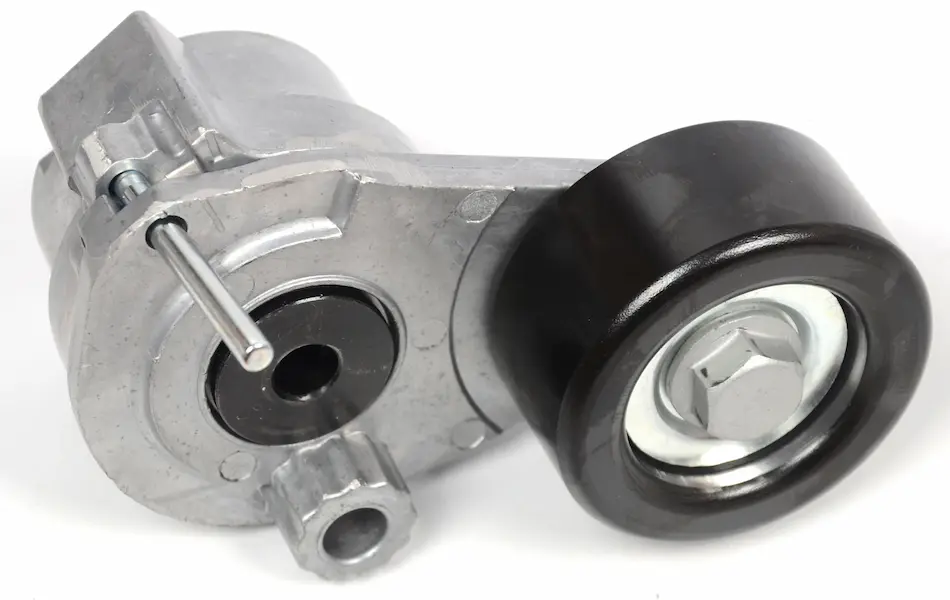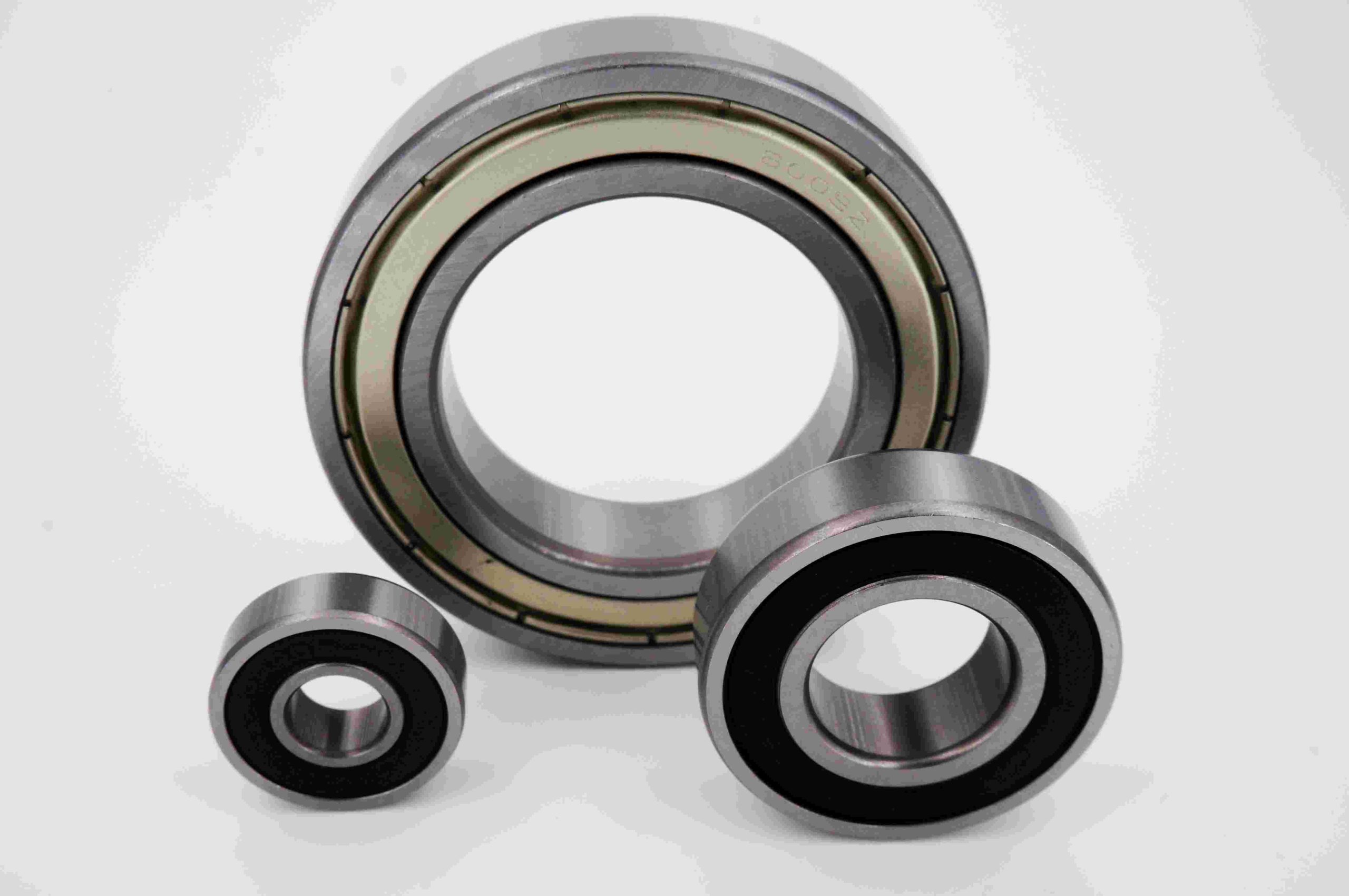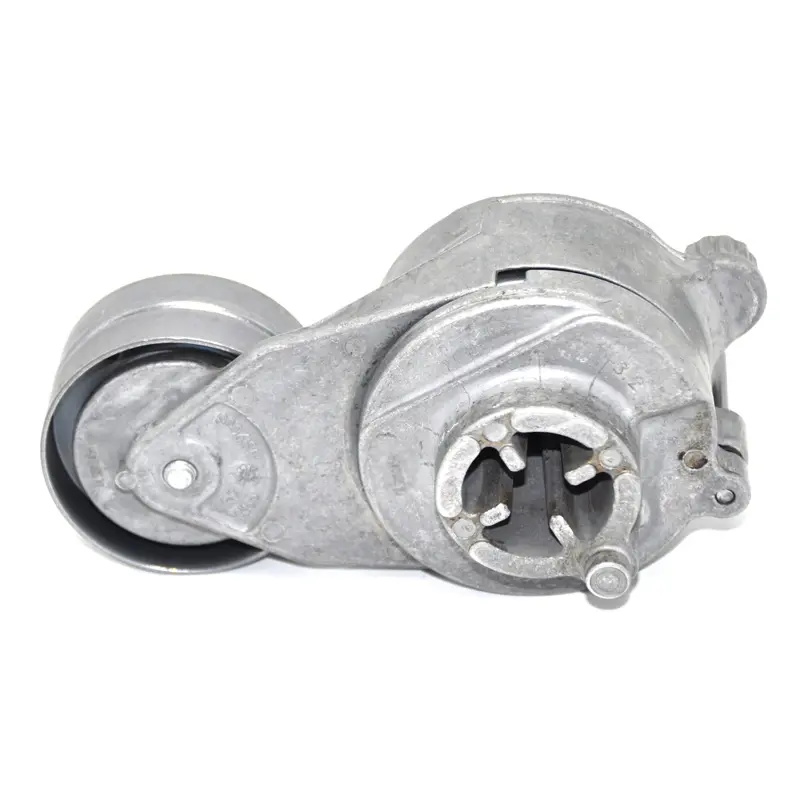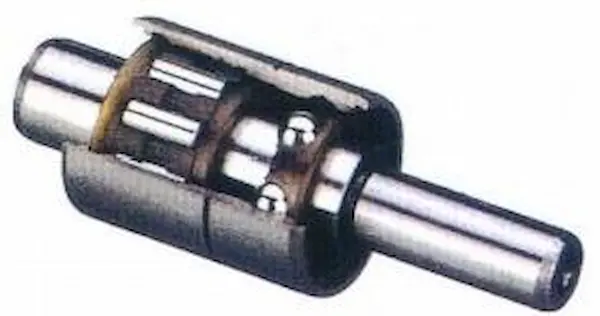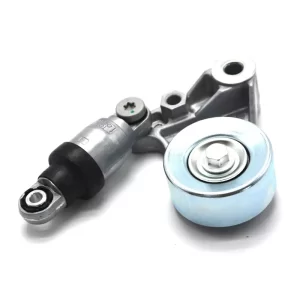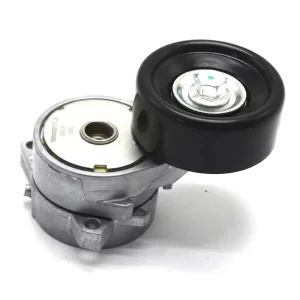Tensioners and idler pulleys are integral components in maintaining the performance and efficiency of engine systems. Tensioners, specifically designed to regulate and adjust the amount of tension on belts or chains, ensure that these components remain properly aligned with pulleys or sprockets. This precise alignment is crucial as it reduces wear and tear, minimizes power loss, and ensures the efficient transmission of power throughout the engine system.
Idler pulleys play a vital role in guiding and maintaining proper tension in the engine’s accessory drive belts. Their primary function is to route the belts accurately and sustain the correct amount of tension. By performing these functions, idler pulleys contribute significantly to the smooth operation of the engine’s accessory drive system. This results in reduced noise and vibrations, enhancing overall engine performance.
When it comes to tensioners, there are several types available, each suited to different applications:
Automatic Tensioners: These tensioners adjust automatically in response to system conditions or through mechanical means, such as spring-loaded mechanisms. They are designed to maintain optimal tension without requiring manual intervention, making them ideal for applications where automatic adjustment is beneficial.
Manual Tensioners: Unlike automatic tensioners, manual tensioners require manual adjustment to set the appropriate tension. This is typically done using bolts or other manual mechanisms. While they provide a more hands-on approach to tension adjustment, they may require periodic checks and adjustments based on system wear and performance.
Hydraulic or Pneumatic Tensioners: These are employed in more demanding applications where precise and consistent tension control is crucial. They are often used in heavy machinery or high-speed applications where traditional tensioners may not provide the necessary accuracy or performance.
Idler pulleys also come in various types to suit different needs:
Smooth Idler Pulleys: These are straightforward pulleys with a smooth surface over which the belt runs. They are used in scenarios where additional traction is not required, making them suitable for applications with minimal demands on the belt’s grip.
Grooved Idler Pulleys: Grooved idler pulleys feature grooves that align with the profile of the belt ribs. They are used in serpentine belt systems where precise alignment and traction are necessary to efficiently transmit power. The grooves help ensure that the belt remains in the correct position and maintains effective power transfer.
By understanding the different types of tensioners and idler pulleys, and their specific applications, you can make informed decisions about which components best meet the needs of your engine system. Each type of tensioner and idler pulley has its own advantages and is designed to address particular requirements, ensuring the optimal performance and longevity of your engine’s drive system.
Applications in Automotive Systems:
- Timing Belt Systems: In engines with timing belts, idler pulleys are used to guide the belt and maintain tension between the crankshaft and camshaft(s), ensuring precise synchronization of engine components.
- Accessory Drive Systems: Idler pulleys are found in systems that drive components such as the water pump, power steering pump, air conditioning compressor, and alternator. These components are vital for the vehicle’s operation and passenger comfort.
Engineering Excellence
- Precision Manufacturing: Each pulley is crafted using advanced CNC machinery, ensuring exact specifications and tolerances. This precision guarantees a perfect fit and optimal performance in Buick, Chevrolet, and Cadillac vehicles.
- Innovative Design: Featuring advanced design enhancements, the series ensures improved belt alignment and consistent tension, preventing slippage and reducing wear.
Material Quality
- Premium Materials: Constructed from top-grade materials such as reinforced steel and advanced polymers, these pulleys withstand extreme conditions, offering excellent resistance to heat, corrosion, and mechanical stress.
- Sealed Bearings: Incorporating high-quality sealed bearings, these pulleys provide smooth and quiet operation while protecting against dirt and moisture ingress, extending the lifespan of the components.
Performance Benefits
- Enhanced Durability: With superior materials and construction techniques, the Buick, Chevrolet & Cadillac Series pulleys deliver exceptional durability, even under harsh operating conditions.
- Optimal Tension: The tensioner pulley maintains the correct tension in the drive belt, crucial for efficient engine operation. This prevents the belt from slipping or becoming too tight, reducing wear and tear.
- Smooth Operation: The idler pulley ensures the drive belt moves smoothly over engine components, minimizing noise and vibrations for a quieter driving experience.
Operating Principle
- Tensioner Pulley: The Tensioner Pulley applies a controlled force to the drive belt, maintaining the correct tension necessary for optimal performance. The tension spring adjusts to accommodate belt stretching and engine vibrations, ensuring consistent tension. This prevents belt slippage and ensures efficient power transmission to various engine components.
- Idler Pulley: The Idler Pulley guides and supports the drive belt, ensuring it moves smoothly over engine components. Acting as a routing point, it maintains correct belt path and alignment, reducing friction and wear, thus contributing to overall efficiency and longevity of the drive belt system.

